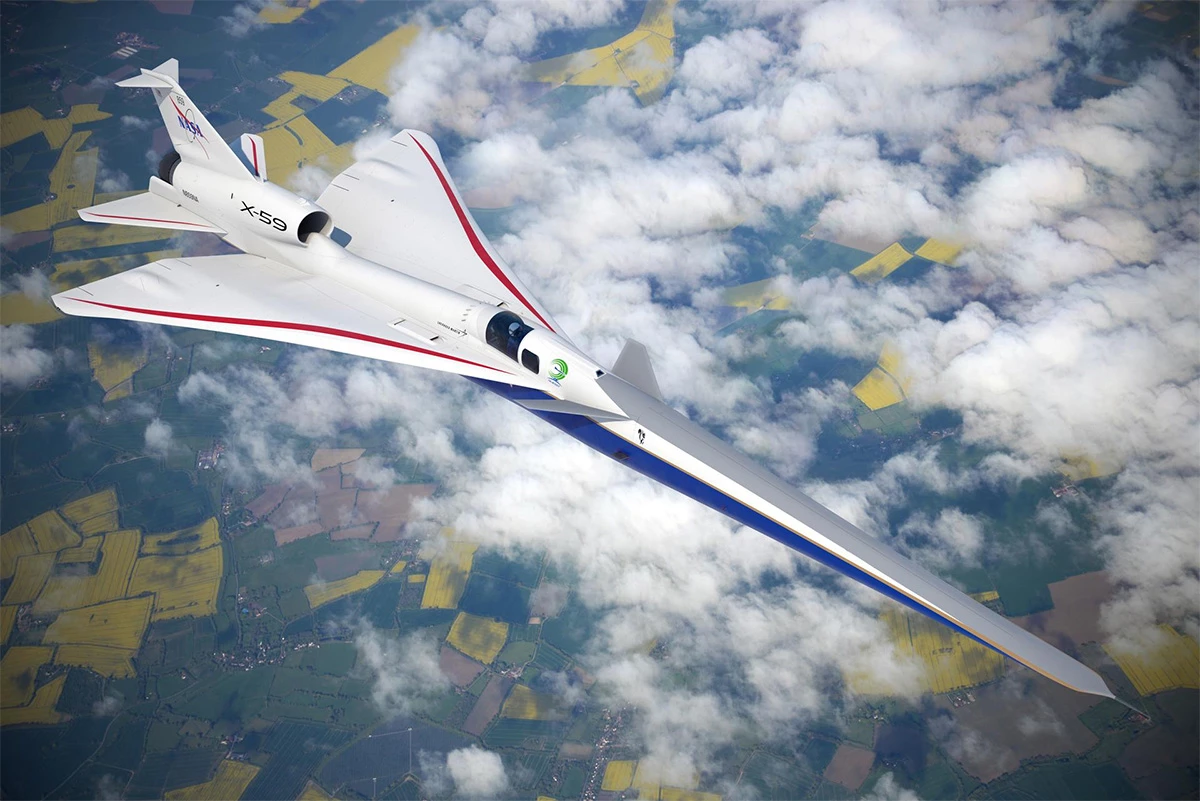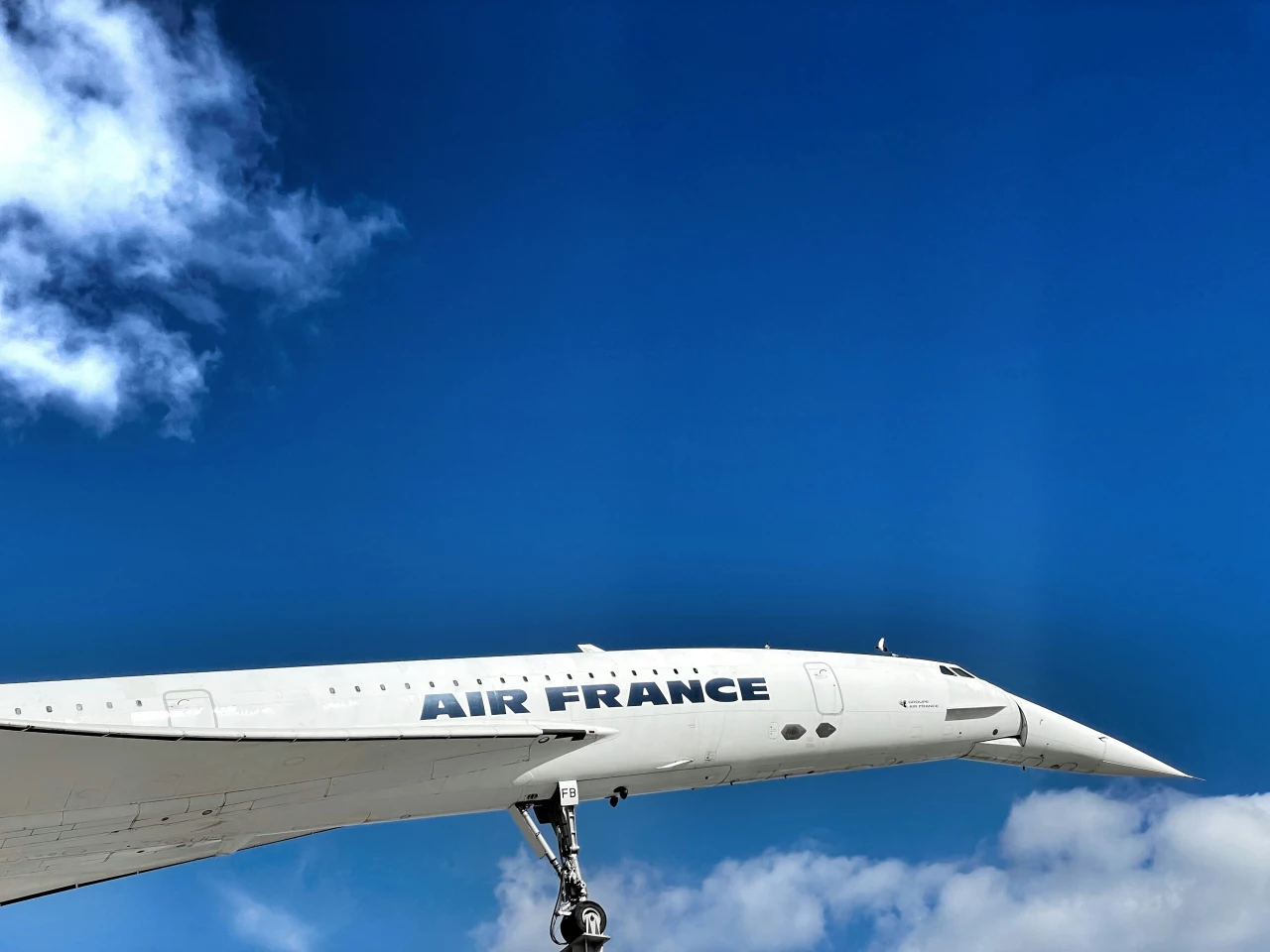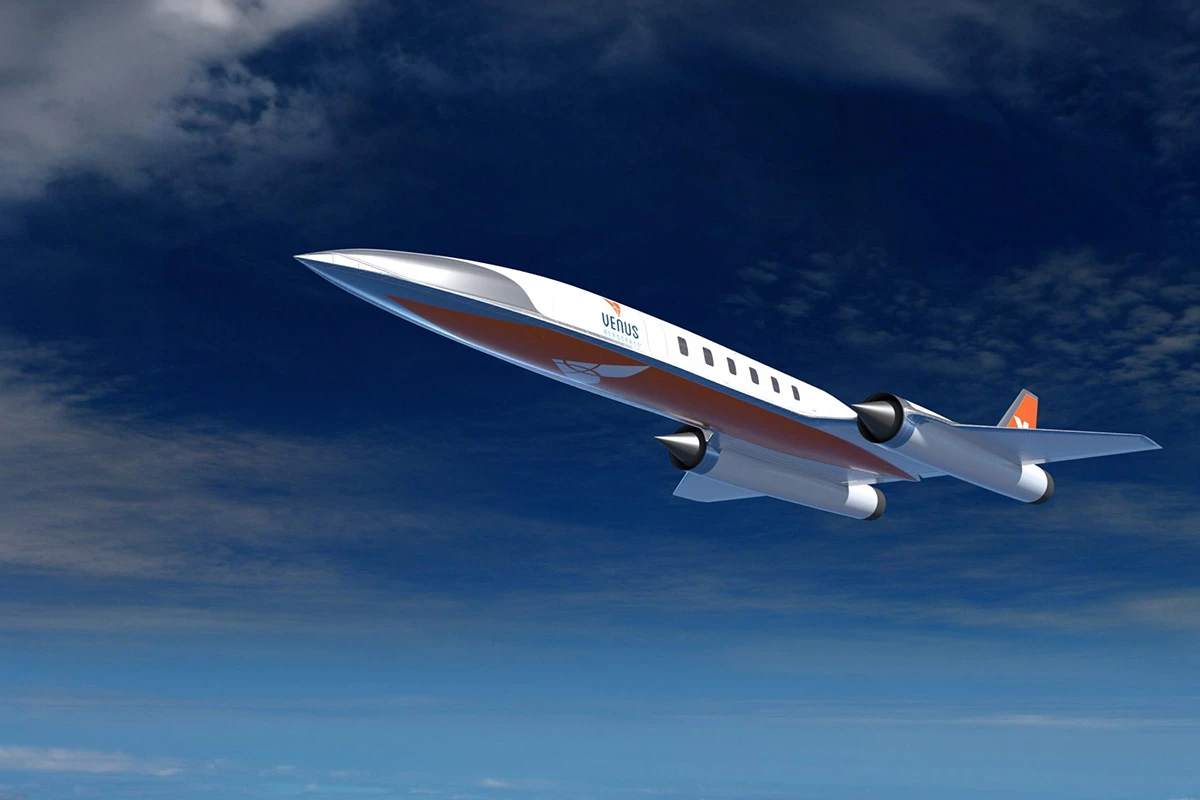More than 20 years after the last commercial Concorde flight, US President Donald Trump signed an executive order last week to repeal the ban on supersonic flight over land across the country.
That ban was implemented more than 50 years ago in 1973, over public complaints about the incredibly loud noise made by these planes, which broke the sound barrier while flying at speeds of over 1,500 mph. The sonic boom created by a supersonic aircraft could be as loud as 110 dB on the ground, similar to a car horn blaring at close range.
Lifting the ban could significantly speed up air travel. For reference, British Airways' Concorde holds the record for the fastest transatlantic passenger aircraft crossing, going from London to New York in under 3 hours – a trip that usually takes 8-9 hours.

The directive, issued on June 6, reads:
"This order begins a historic national effort to reestablish the United States as the undisputed leader in high-speed aviation. By updating obsolete standards and embracing the technologies of today and tomorrow, we will empower our engineers, entrepreneurs, and visionaries to deliver the next generation of air travel, which will be faster, quieter, safer, and more efficient than ever before."
The Concorde itself was retired in 2003, a couple of years after a fatal Air France crash killed all 109 passengers and crew members on board near Paris. No one really revived the idea of supersonic flight for several years after that: most aerospace companies focused on designing planes that were more efficient, quieter, and reliable.

However, in the last few years, a bunch of firms have been working on supersonic commercial aircraft. They're taking on the immense challenges of turning the deafening sonic boom down to a less annoying thump, using novel design ideas and materials to withstand heat at high speeds and difficult conditions at higher-than-usual altitudes, and making them go way faster than before.
Players in this nascent space include:
- NASA and Lockheed Martin, which are collaborating on the X-59 that's gearing up for its maiden flight
- Boom Supersonic, which broke the sound barrier sans a boom earlier this year
- Hermeus, which conducted a test flight of its Quarterhorse Mk 1 last month
- Venus Aerospace, which is gunning for a top speed of Mach 9 (6,900 mph) with its Stargazer 12-seater by 2030

The executive order paves the way for these companies to innovate their way into the realm of hypersonic flight over the next few years, and that could help meet the demand for quicker flights around the world.
As you'd expect, there's a lot that goes into getting these planes into the air, and doing so safely enough to meet today's standards. So it remains to be seen which companies' wild projects will actually take off.
If you're into this kind of thing, check out Business Insider's excellent half-hour exploration of the supersonic flight business on YouTube from earlier this year. It covers the history of this space, as well as the technical hurdles the next wave of aircraft manufacturers will have to overcome.
Source: The White House





